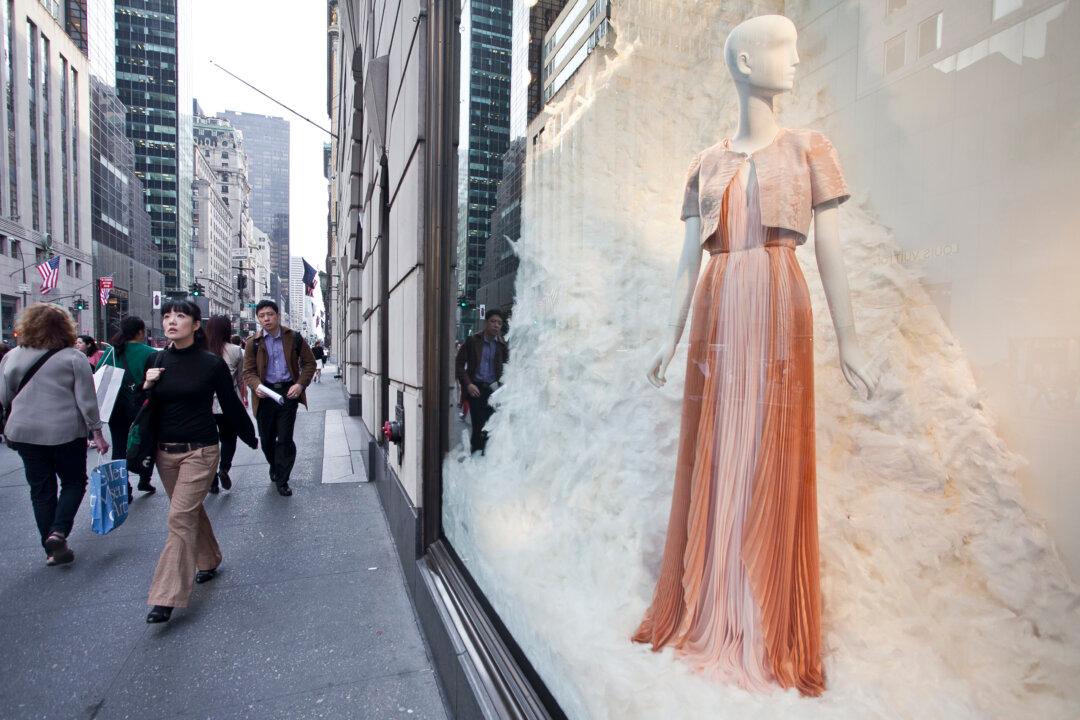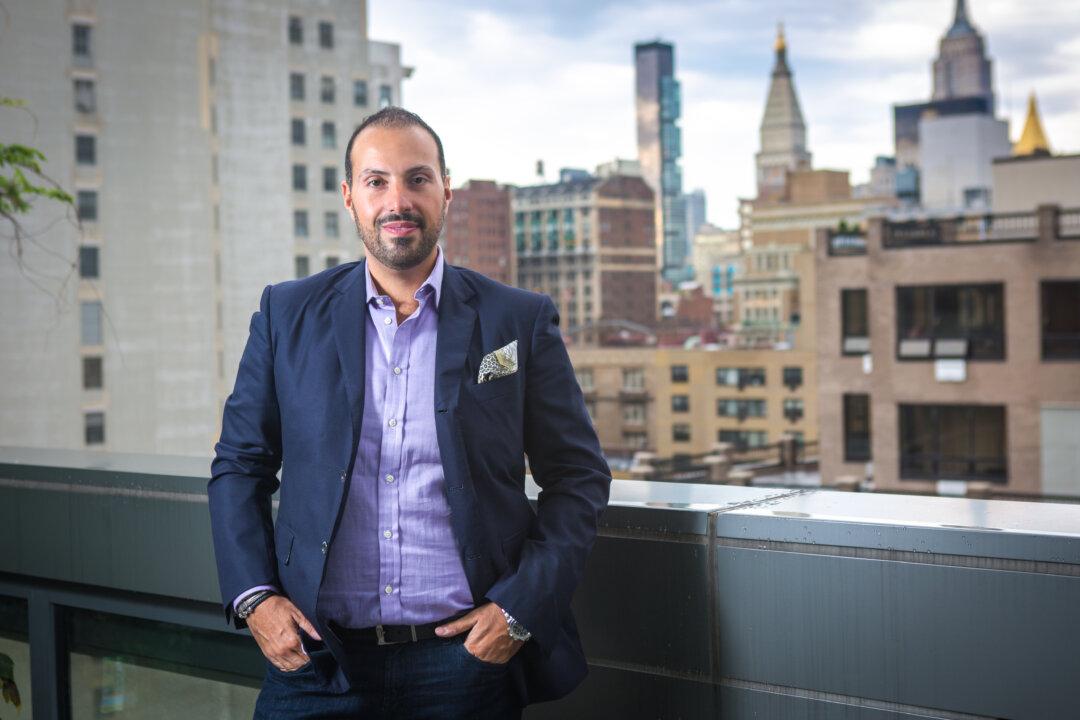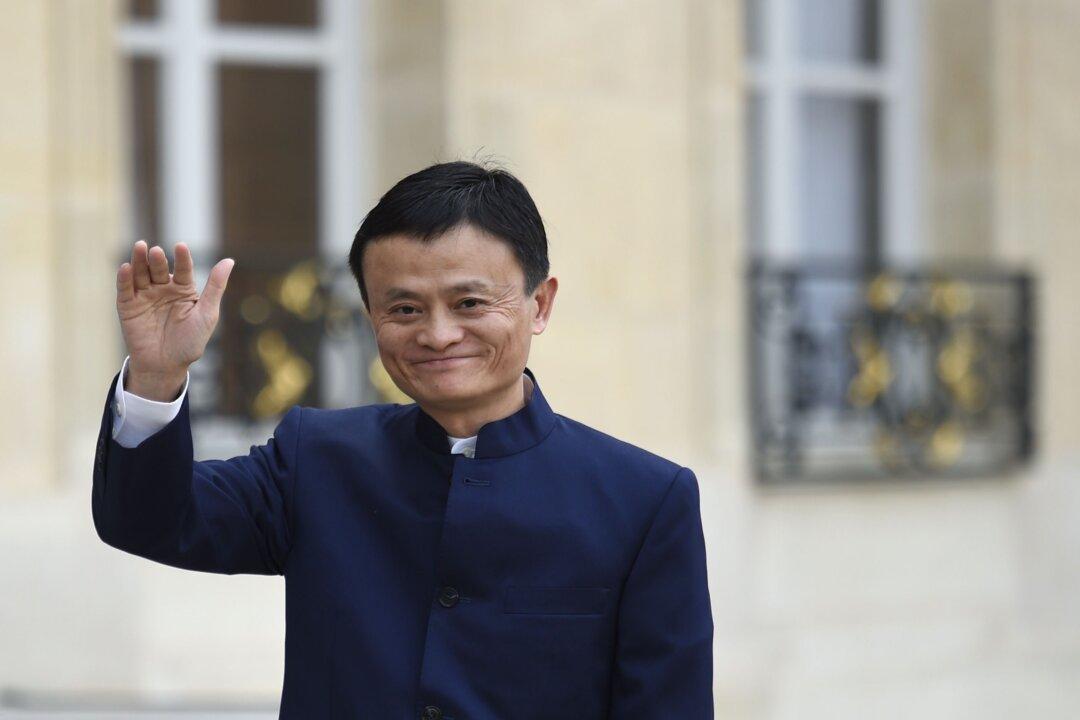NEW YORK—Luxury retailers and brand owners the world over have been vying for years for a bigger share of the highly lucrative Chinese consumer spend. Three-quarters of Chinese consumers’ luxury purchases last year were made abroad.
“The Chinese are far and away the number one luxury travel segment in the world today,” said Elizabeth Harrington, the North American publisher of The Hurun Report. They make up 35 percent of all luxury travel in the world today, and at least 30 percent of all luxury purchases."
New York City retailers are uniquely positioned. The city is one of the most desirable international business and leisure destinations for China’s elite and upper-middle class, with near three-quarters of a million Chinese visitors last year, according to the mayor’s office, cited by Crains. And the number of Chinese travelers is expected to grow 20 percent annually over the next few years.





